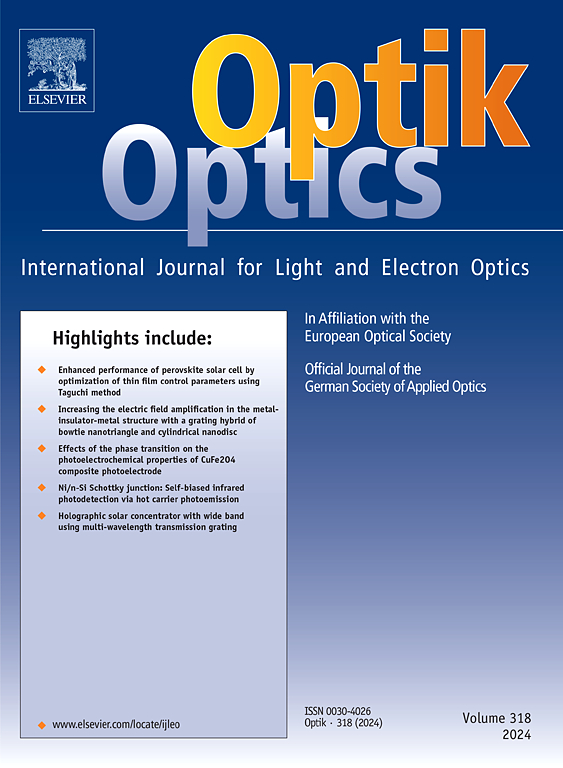基于模式识别的连续强度演化策略在数字光弹性应力场量化中的应用
IF 3.1
3区 物理与天体物理
Q2 Engineering
引用次数: 0
摘要
在工程中,准确的应力场评估对于保证结构的完整性和防止各种应用中的破坏至关重要。尽管分析模型和计算模拟等技术取得了进步,但由于实验参数的差异,限制了它们在现实世界中的适用性,挑战仍然存在。数字光弹性为应力分析提供了希望,特别是通过等色条纹,但在动态颜色变化的应力信息量化方面面临障碍。为了解决这一差距,本文提出了一种基于单一偏光镜配置的模式识别的新方法。该方法通过单独分析像素位置的颜色轨迹,克服了空间依赖性,提高了应力场评估的准确性。潜在的结果包括更好地理解动应力行为和更准确地识别应力模式,有助于改进工程设计和结构可靠性。该方法使用合成的和实验的圆盘和环在直径压缩下的光弹性视频。本文章由计算机程序翻译,如有差异,请以英文原文为准。
Pattern recognition-based strategy applied to continuous intensity evolution for quantifying the stress field in digital photoelasticity
In engineering, accurate evaluation of stress fields is paramount to ensure structural integrity and prevent failure in various applications. Despite advances in techniques such as analytical models and computational simulations, challenges remain due to differences in experimental parameters that limit their real-world applicability. Digital photoelasticity offers promise in stress analysis, particularly through isochromatic fringes, but faces hurdles in quantifying stress information from dynamic color changes. To address this gap, this paper proposes a novel approach based on pattern recognition within a single polariscope configuration. By analyzing color trajectories of pixel positions individually, the approach aims to overcome spatial dependencies and improve the accuracy of stress field evaluation. Potential results include a better understanding of dynamic stress behavior and more accurate identification of stress patterns, contributing to improved engineering designs and structural reliability. This approach uses synthetic and experimental photoelasticity videos of disk and ring under diametric compression.
求助全文
通过发布文献求助,成功后即可免费获取论文全文。
去求助
来源期刊

Optik
物理-光学
CiteScore
6.90
自引率
12.90%
发文量
1471
审稿时长
46 days
期刊介绍:
Optik publishes articles on all subjects related to light and electron optics and offers a survey on the state of research and technical development within the following fields:
Optics:
-Optics design, geometrical and beam optics, wave optics-
Optical and micro-optical components, diffractive optics, devices and systems-
Photoelectric and optoelectronic devices-
Optical properties of materials, nonlinear optics, wave propagation and transmission in homogeneous and inhomogeneous materials-
Information optics, image formation and processing, holographic techniques, microscopes and spectrometer techniques, and image analysis-
Optical testing and measuring techniques-
Optical communication and computing-
Physiological optics-
As well as other related topics.
 求助内容:
求助内容: 应助结果提醒方式:
应助结果提醒方式:


